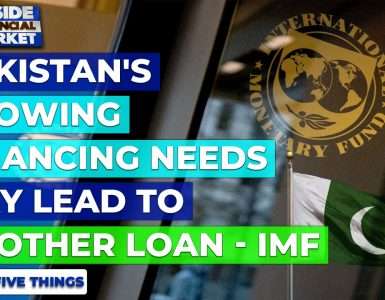 South Asia Economic Growth to Accelerate, World Bank
South Asia Economic Growth to Accelerate, World Bank
WASHINGTON, October 6, 2014—Economic growth in South Asia is forecast to accelerate to 2016 led by an increase in activity in India, the biggest economy in a region that has the world’s largest concentration of poor people, a World Bank report said.
In the twice-a-year South Asia Economic Focus, the World Bank said the region’s economy will expand by a real 6 percent in 2015 and by 6.4 percent in 2016 compared to 5.4 percent this year, potentially making it the second fastest growing region in the world after East Asia and the Pacific. The Indian economy, 80 percent of the region’s output, is set to grow by 6.4 percent in fiscal year (FY) 2015/16 after 5.6 percent in FY2014/15. Other countries in the region are Afghanistan, Bangladesh, Bhutan, Maldives, Nepal, Pakistan and Sri Lanka.
“The outlook over the next years for South Asia indicates broad economic stability and a pick-up in growth with potential risks concentrated on the fiscal and structural reform side,”said Martin Rama, Chief Economist for South Asia at the World Bank. “Future growth will increasingly depend on strong investment and export performance.”
Reviewing the risks facing South Asia’s economies, home to a fourth of mankind, the report notes that all developing economies are vulnerable to the effects of monetary tightening in a recovering U.S. economy and of stagnation in the weaker Euro zone. However, bigger effects on the fortunes of the region could come from domestic developments. Political turmoil and non-sustainable fiscal policies could undermine stability and investor confidence, whereas sound macroeconomic policies and economic reforms could spur faster growth.
Exports have recently shown a strong export performance in many South Asian countries, the report said, growing in the double digits in several of them. While sales abroad were boosted by favorable tailwinds, such as the depreciation of the Indian rupee in 2013, there are also deeper trends at play. Export diversification by type of product increased, as did the share of emerging markets in total exports. These are manifestations of an increasingly stronger position of the region in global markets.
Countries in the region should build on this strength. As East Asian labor costs increase, South Asia has an opportunity to become the manufacturing hub of the world; but achieving this will require boosting competitiveness.
India is benefiting from a “Modi dividend”, the report said, with economic activity buoyed by expectations from the newly elected government of Prime Minister Narendra Modi. Over the next year or so economic growth should be supported by the recovering U.S. economy that would provide a market for Indian merchandise and service exports. Private investment is expected to pick up thanks to the government’s business orientation, and declining oil prices should boost private sector competitiveness. But economic reforms will be needed for India to achieve its full long-term growth potential, the report argued.
The question for Pakistan, as the region’s second biggest economy, is whether recent political turmoil had damaged investor confidence and thereby weakened growth prospects. According to the report, it is still too early to assess the impact of events this year but an early estimate suggests short-term losses equivalent to 2.1 percent of Gross Domestic Product. Economic growth is forecast at 4.4 percent in FY2015 after 4.1 percent this year.
Regaining political stability and with a renewed focus on growth, Bangladesh is forecast to grow by 6.2 percent in FY2014/15 and an estimated 6.1 percent the past fiscal year. Remittances are expected to finance higher domestic consumption, while infrastructure investments will support strong aggregate demand. Sri Lanka is expected to continue its strong growth, at 8.2 percent in 2015 rising from 7.8 percent this year. Afghanistan is on a more fragile path, dominated by security and political concerns, after having grown by a modest 1.5 percent in 2013.










Add comment